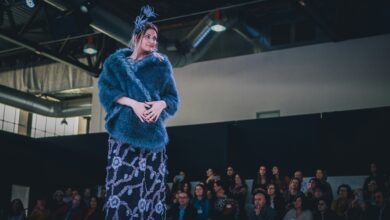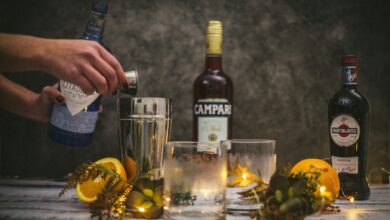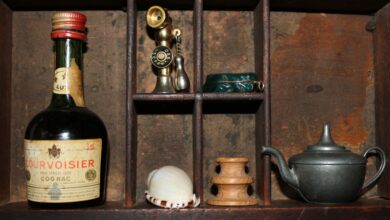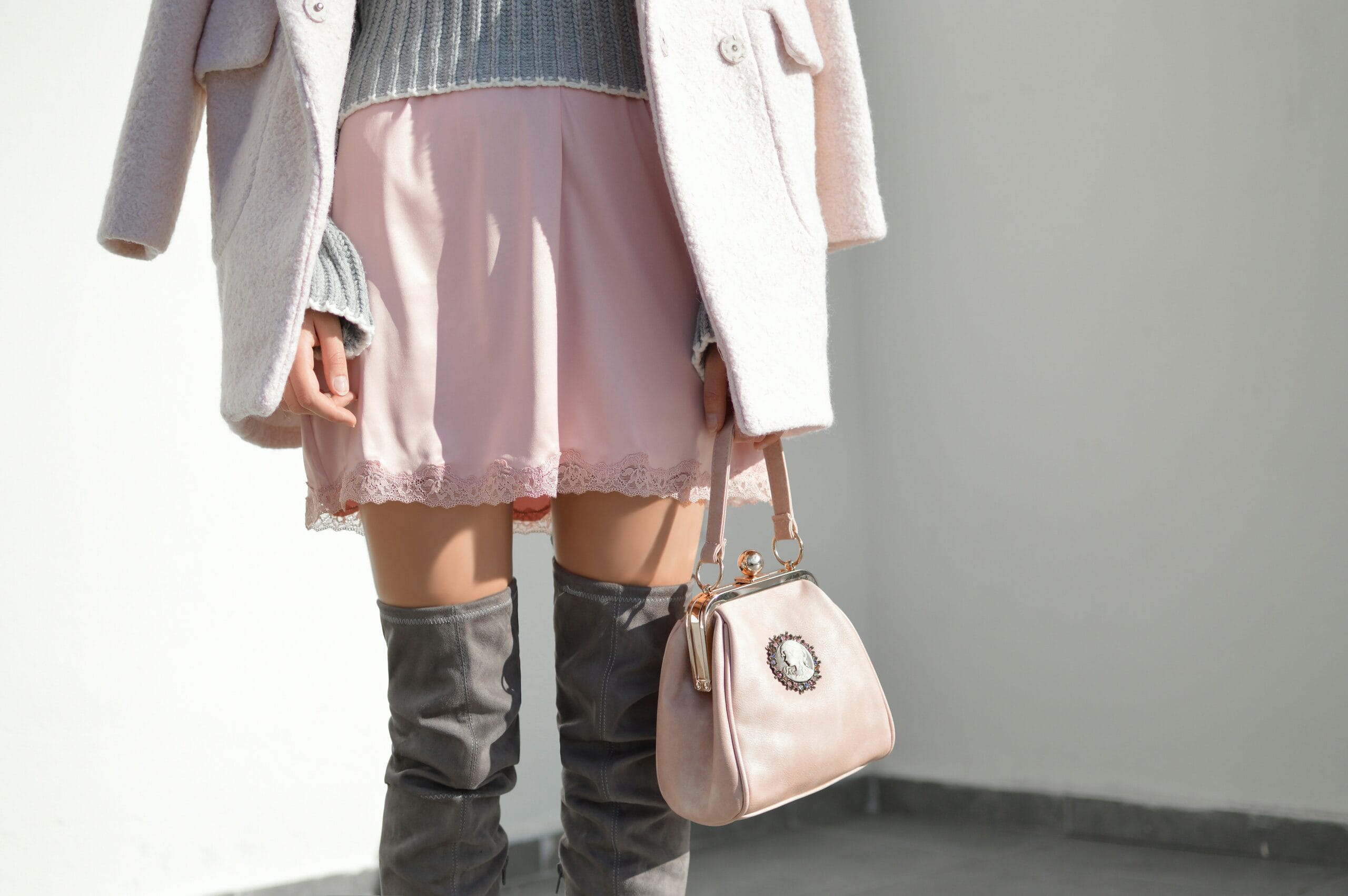Dressing the Decade: An In-Depth Look at 1920s Men’s Fashion Trends
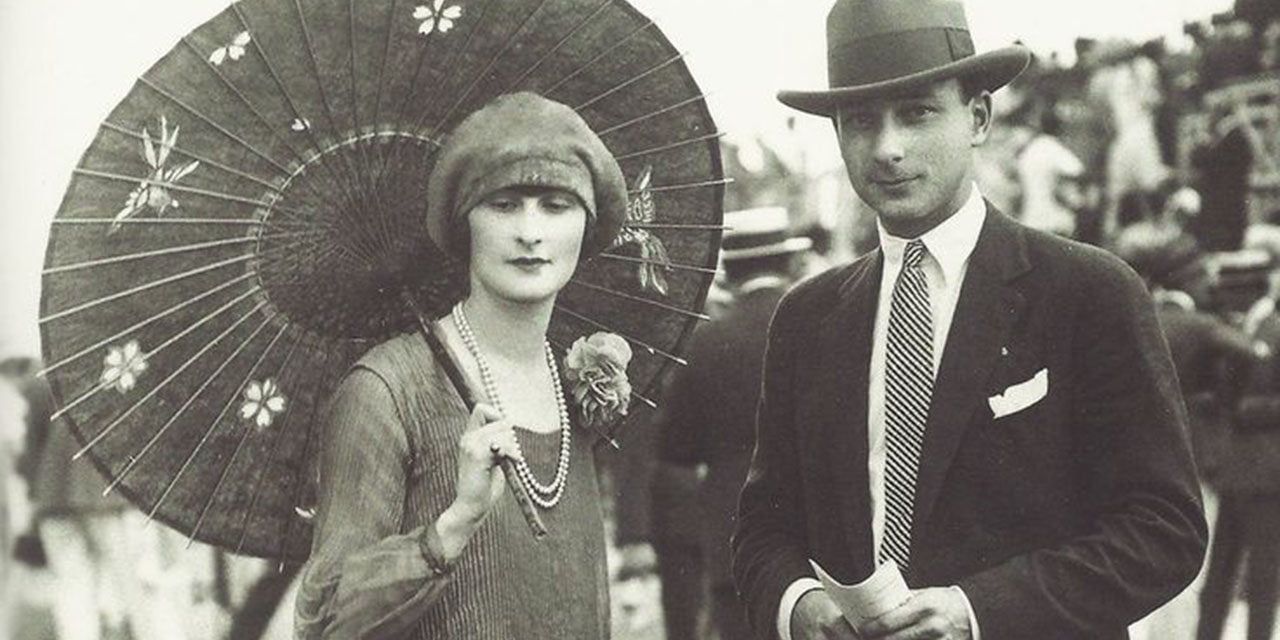
The 1920s, often referred to as the Roaring Twenties, was a decade marked by significant cultural and social shifts. The fashion landscape of this era was no exception, as men’s clothing underwent a transformation that mirrored the vibrancy and change of the times. In this comprehensive exploration, we will delve into the defining elements of 1920s men’s fashion, examining the styles, accessories, and influences that shaped this iconic decade.
The Rise of the Modern Suit
The Evolution of Men’s Suits in the 1920s
One of the most notable aspects of 1920s men’s fashion was the evolution of the suit. The traditional Victorian-era suit, with its stiff, formal silhouette, began to give way to a more relaxed and stylish approach. The three-piece suit—consisting of a jacket, trousers, and waistcoat—became increasingly popular.
Jacket
The jacket of the 1920s saw a shift from the long, narrow lapels of the previous decade to a broader, more assertive style. Notably, the jacket became slightly shorter, which provided a more streamlined look. The shoulders were more natural and less padded, contributing to a softer, more comfortable fit.
Trousers
Trousers in the 1920s were high-waisted and featured a straight-leg cut, often with pleats or cuffs. The high waistline was paired with a belt or suspenders, reflecting a departure from the lower rise of earlier styles.
Waistcoat
The waistcoat continued to be a staple of the formal ensemble. It was often worn with a contrasting fabric or pattern, adding a touch of individuality and flair to the outfit.
Fabric and Patterns
The fabrics used in 1920s men’s fashion were diverse, ranging from traditional wool to lighter materials suitable for warmer weather. Tweed and flannel were popular choices, providing both comfort and style. Patterns such as pinstripes, checks, and houndstooth added visual interest to the otherwise classic suits.
The Influence of Hollywood and Celebrities
Hollywood Icons and Their Impact on Fashion
The 1920s were a golden age for Hollywood, and its stars played a significant role in shaping men’s fashion. Actors like Clark Gable and Douglas Fairbanks became style icons, influencing trends both on and off the screen. Their portrayal of suave, sophisticated characters in films popularized the sleek, tailored look that defined the decade.
Clark Gable
Known for his charismatic screen presence, Gable’s choice of impeccably tailored suits and his signature mustache set new standards for men’s grooming and attire. His influence extended beyond film, affecting everyday fashion choices.
Douglas Fairbanks
Fairbanks, with his athletic build and adventurous roles, showcased a more relaxed and practical style. His preference for lightweight fabrics and comfortable fits resonated with men seeking both style and functionality.
Adding the Finishing Touch
Hats and Headwear
No discussion of 1920s men’s fashion is complete without mentioning the hats. Headwear was a crucial accessory, with various styles reflecting the wearer’s status and personality.
Fedoras
The fedora, with its soft brim and indented crown, was a quintessential 1920s accessory. It was worn with both formal and casual outfits, often featuring a ribbon or band for added sophistication.
Panama Hats
For warmer climates, the Panama hat provided a stylish alternative. Made from straw, this hat offered both practicality and elegance, making it a popular choice for outdoor events.
Newsboy Caps
The newsboy cap, or flat cap, was favored for its casual yet polished appearance. It was commonly worn by the working class and became a symbol of youthful rebellion and style.
From Oxfords to Brogues
Footwear in the 1920s complemented the evolving suit styles. Oxfords and brogues were particularly popular, each offering a distinctive look.
Oxfords
Classic and versatile, Oxford shoes were characterized by their closed lacing and sleek design. They were suitable for both formal and casual occasions, making them a staple in the 1920s wardrobe.
Brogues
Brogues, with their decorative perforations and wingtip design, added a touch of individuality to men’s fashion. They were often chosen for their blend of style and practicality.
Sportswear and Everyday Attire

The Emergence of Casual Wear
As the decade progressed, casual wear began to gain popularity. The rise of leisure activities such as golf and tennis led to the introduction of more relaxed clothing options.
Golf Wear
The golf sweater, often featuring a V-neck and argyle patterns, became a staple for golf enthusiasts. Paired with tailored trousers and a flat cap, it offered both comfort and style on the greens.
Tennis Attire
Tennis players, like the legendary Bill Tilden, popularized the use of lightweight, breathable fabrics for sports. The tennis white suit, consisting of a blazer and trousers, became a symbol of both athletic prowess and refined taste.
The Influence of the Great Gatsby
F. Scott Fitzgerald’s novel, The Great Gatsby, had a profound impact on 1920s men’s fashion. The book’s depiction of Gatsby’s extravagant lifestyle and impeccable dress sense captured the essence of the era’s style.
Gatsby’s Wardrobe
The character Jay Gatsby is often associated with luxurious and flamboyant clothing, including velvet blazers, pinstripe suits, and silk cravats. These elements contributed to the mythos of the Roaring Twenties and influenced fashion long after the decade ended.
Conclusion
The 1920s was a decade of transformation and innovation in men’s fashion. The era’s emphasis on tailored suits, stylish accessories, and the influence of Hollywood created a distinctive look that continues to inspire fashion today. The shift from formal to more relaxed styles mirrored the broader cultural changes of the time, leaving a lasting legacy in the world of men’s fashion.

